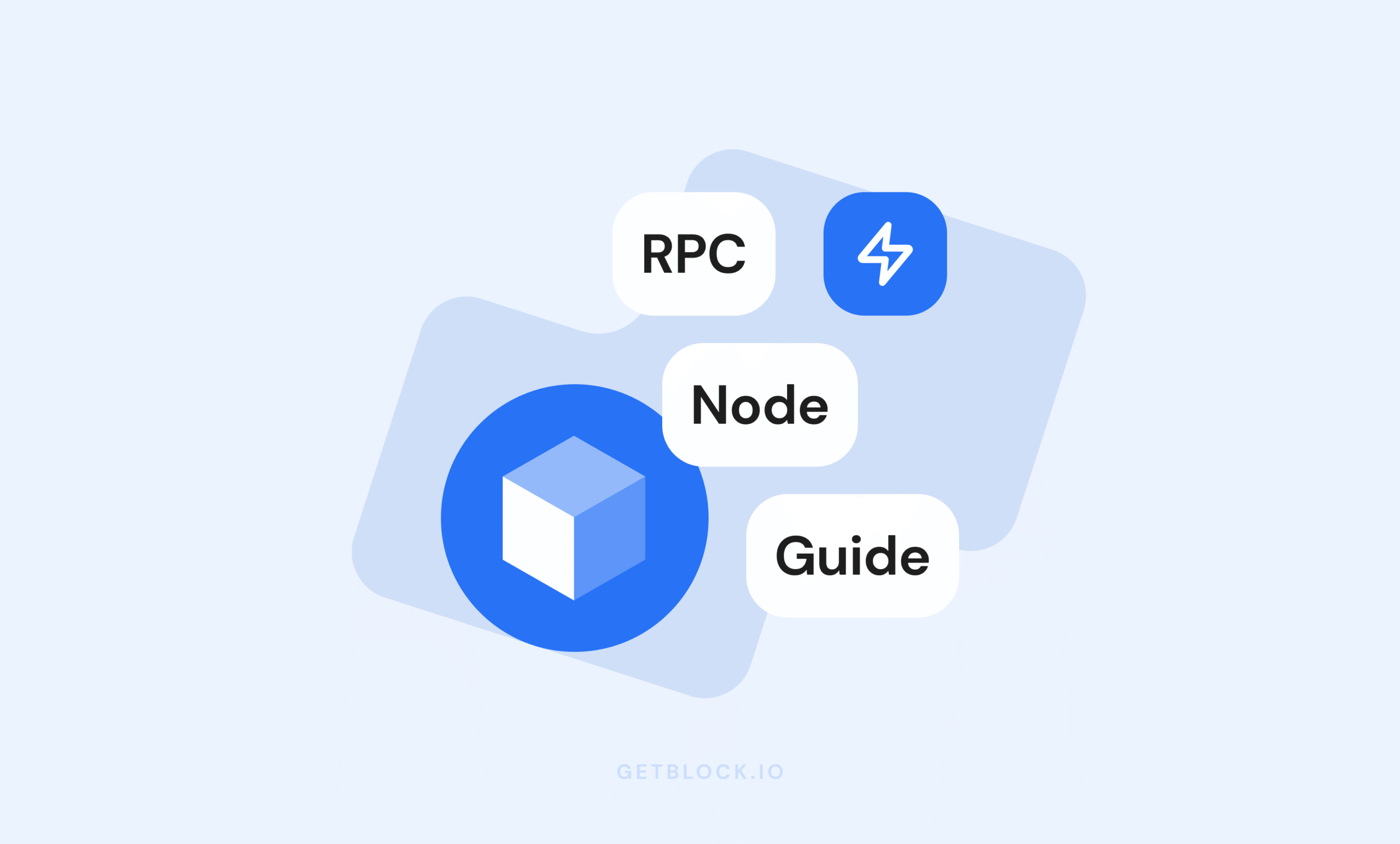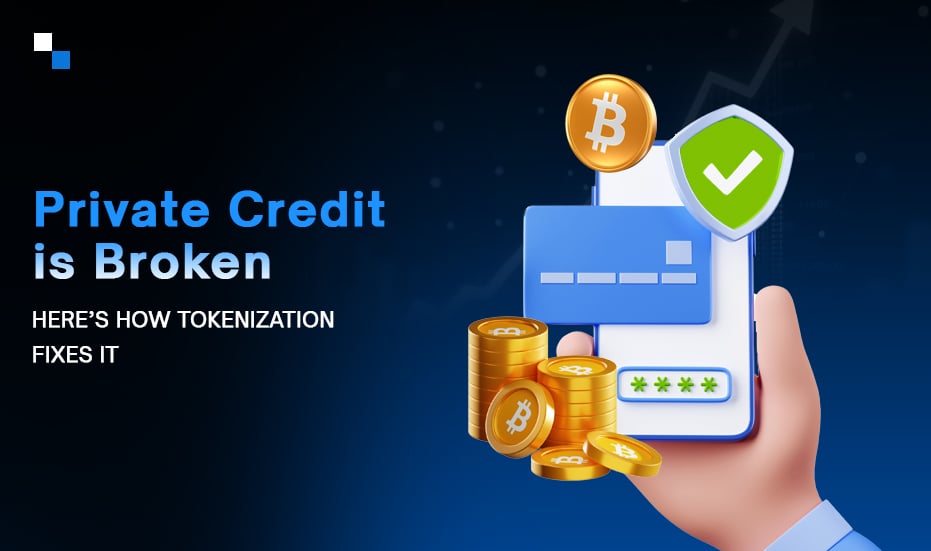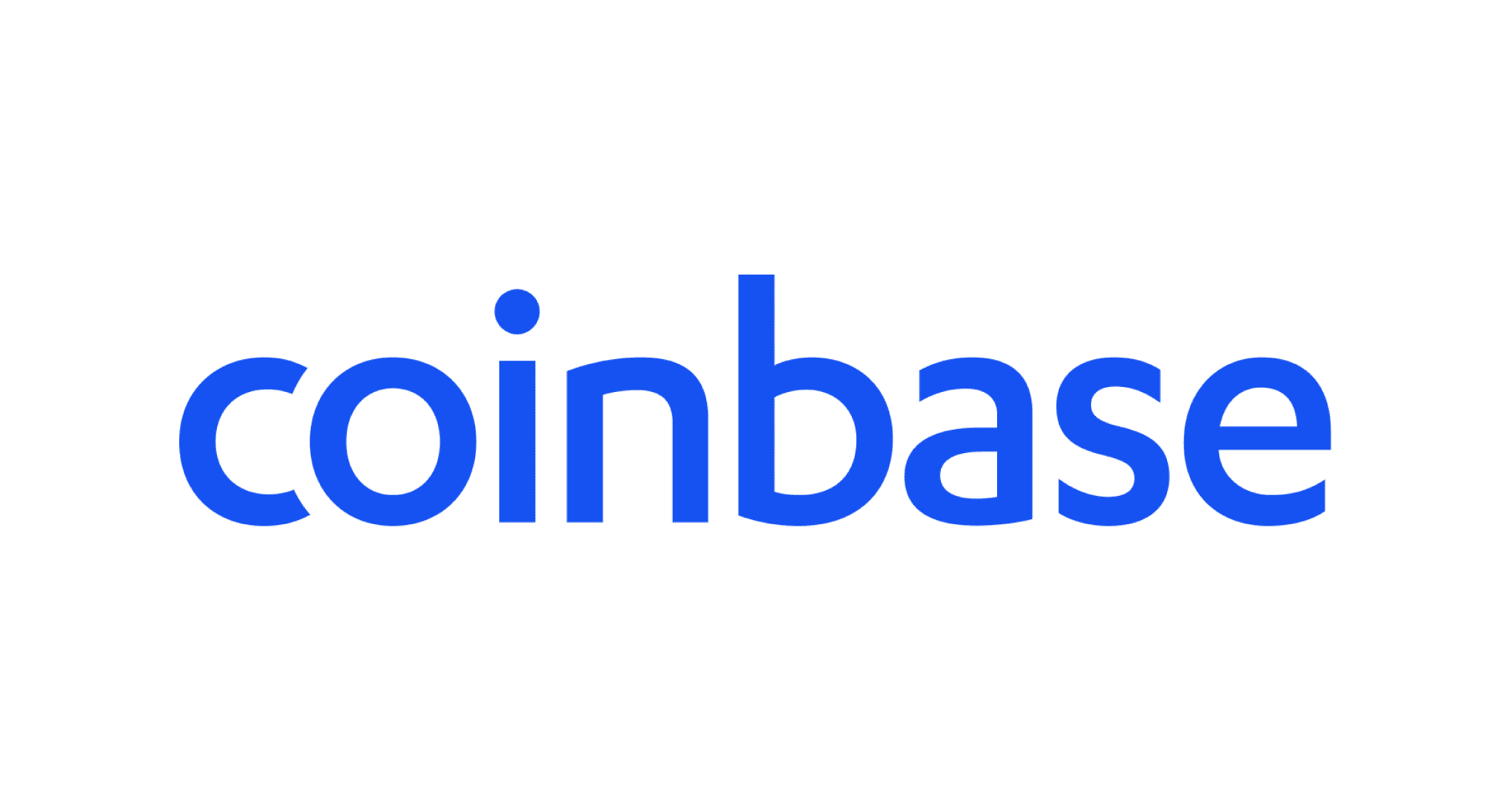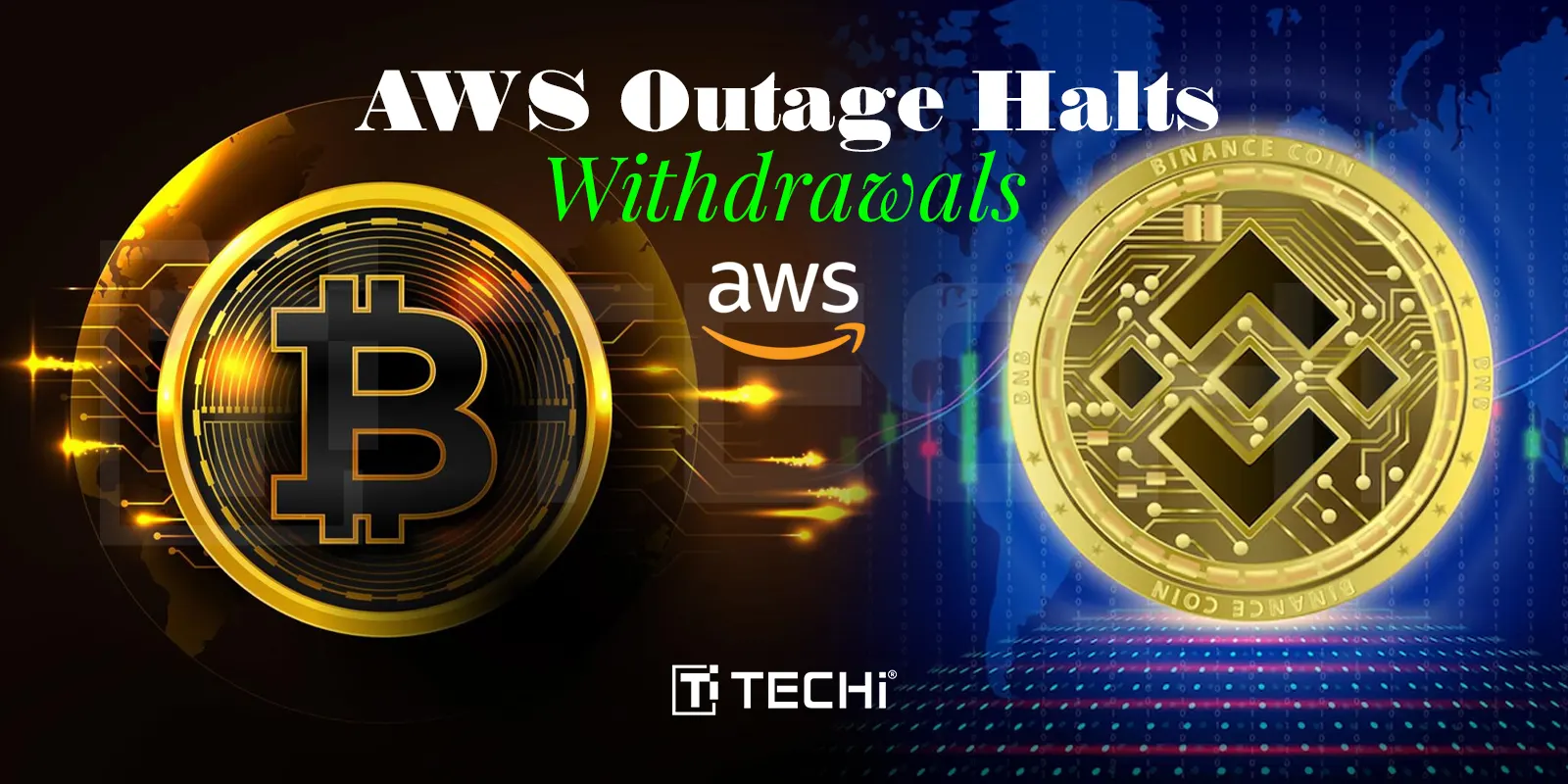Key Takeaways
- Animoca Brands’ Mohamed Ezeldin says the next Web3 boom may follow a global “stimulant” similar to the COVID-19 pandemic.
- He argues that gaming alone can’t drive adoption — infrastructure, wallets, and interoperability are essential.
- Ezeldin believes the term “Web3” itself may be holding the industry back from mainstream success.
A Pandemic-Level Shock May Be Needed for Web3 to Evolve
Mohamed Ezeldin, Head of Tokenomics at Animoca Brands, believes the next wave of Web3 adoption could only happen after another major global event. Speaking with CCN at Zebu Live in London, Ezeldin drew parallels to how the COVID-19 pandemic fueled the 2020–2021 boom in blockchain gaming and digital assets.
“If we have another pandemic, I think we’re in a much better place from a technological standpoint,” he said. “There needs to be a stimulant, in the same way COVID gave rise to play-to-earn gaming.”
During the pandemic, games like Axie Infinity provided alternative income for millions facing unemployment — a phenomenon Ezeldin described as Web3 gaming’s “first true test of utility.” But as the hype cooled, he warned that the industry must rethink its purpose and value proposition.
“Gaming alone isn’t going to bring the next wave of adoption,” Ezeldin emphasized. “You need the whole stack, including infrastructure, wallets, and interoperability.”
Why the “Web3” Label May Be Holding Gaming Back
Although Animoca Brands began as a blockchain gaming company, Ezeldin described its evolution into an “ecosystem enabler” — with more than 600 investments spanning digital property rights, asset ownership, and blockchain infrastructure.
However, he argued that the term “Web3 gaming” itself is an obstacle to mainstream acceptance. “We don’t buy games because they’re built on Unreal or Unity,” he said. “We buy them because we enjoy the gameplay and the community. When we stop calling it Web3 gaming, then we know we’re doing something right.”
Ezeldin believes that hiding blockchain complexity from users — letting on-chain interactions occur seamlessly in the background — is key to mass adoption. “Back in 2021, you still had to interact on-chain,” he said. “Today, that can all disappear in the backend.”
Tokens: The Glue, Not the Goal
While the 2021–2022 crypto boom saw a flood of token launches, Ezeldin warned that many failed because they focused on short-term returns rather than long-term value.
“It’s always been about value extraction, always about ROI,” he said. “That’s why a lot of tokens have failed the test of time — there hasn’t been consistent value creation.”
He instead described tokens as “the glue” that binds digital ecosystems — tools that enable governance, ownership, and identity across borders.
“Tokens allow communities to build ownership through digital assets,” he said, highlighting the dual roles of fungible tokens as financial layers and NFTs as “badges of belonging.”
But he also cautioned that many businesses don’t need tokens at all. “Tokens are tools, not requirements,” he said. “They should serve a purpose beyond speculation.”
Web3 in 2030: From Games to Economies
When asked what the Web3 landscape might look like by 2030, Ezeldin envisioned a future where digital economies rival national ones.
“If a game’s total value locked can rival that of an economy with a top-20 GDP, that’s the possibility we have with Web3 gaming,” he said.
However, he added that major adoption may still need another external catalyst — whether economic turbulence or technological disruption. “People don’t like change,” Ezeldin observed. “We’re being pushed into it rather than pulled.”
Ezeldin also pointed to ongoing projects within the Animoca Brands ecosystem, including a joint venture with Standard Chartered to develop a Hong Kong stablecoin, signaling the company’s growing focus on financial infrastructure as much as entertainment.
Conclusion: From Hype to Real Value Creation
Mohamed Ezeldin’s message at Zebu Live was clear: the Web3 industry’s future depends less on buzzwords and more on building lasting value. While a global event like the COVID-19 pandemic accelerated blockchain adoption once before, Ezeldin believes sustainable growth now hinges on usability, interoperability, and genuine utility — not speculation.
As he put it, “When we stop calling it Web3, that’s when we’ll know it’s finally gone mainstream.”
Disclaimer: The information in this article is for general purposes only and does not constitute financial advice. The author’s views are personal and may not reflect the views of GameDegen.com. Before making any investment decisions, you should always conduct your own research. GameDegen.com is not responsible for any financial losses.




